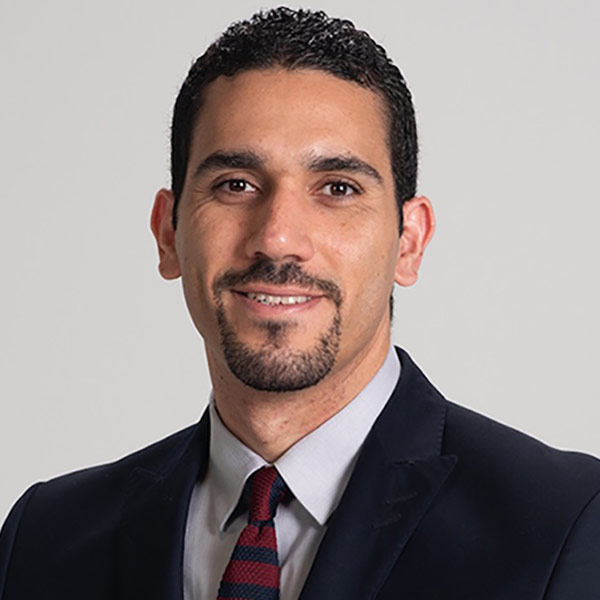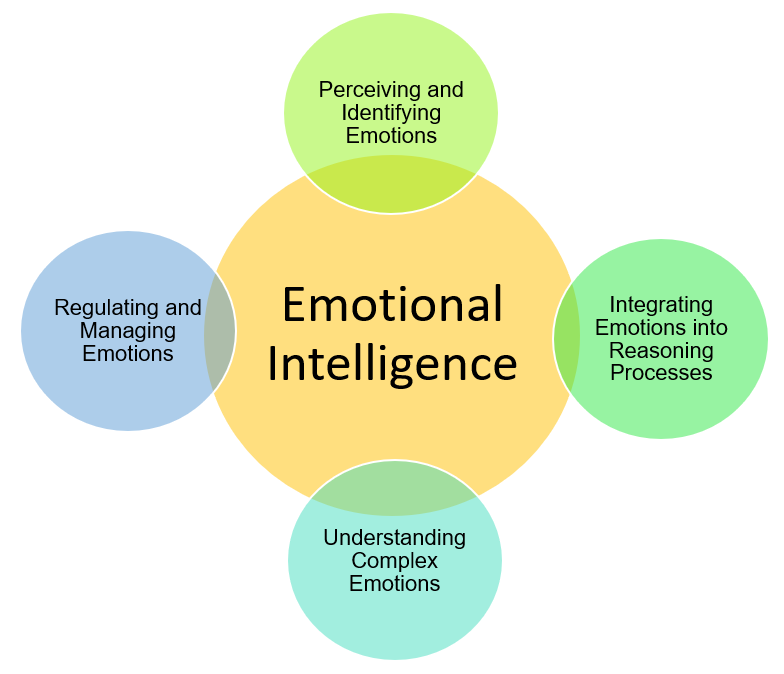Is Emotional Intelligence Missing From CV Training?

Cardiology is a stressful and demanding field. Due to the frequency at which trainees deal with life and death situations, they are at high risk of developing emotional burnout. While training places great emphasis on medical knowledge, clinical decision-making, and procedural skills, significantly less time is dedicated to assessment and improvement in personal qualities and situational awareness.
Recently, emotional intelligence (EI) has been proposed as a much-needed tool to deliver safe and compassionate health care. Whereas intelligence quotient (IQ) is a measure of academic achievement, EI is an indicator of success in interpersonal relationships. IQ is genetic and cannot be changed by life experience, but EI can be acquired and cultivated over time.
What do we know about EI?
The concept of EI was first introduced in the early 1990s by Peter Salovey, PhD, and John Mayer, PhD. They described personal qualities that capture an individual's ability to perceive, process, and regulate one's own emotions and the emotions of others (see figure 1). Several definitions of EI have been proposed since then, but all EI models agree that it involves recognizing and applying emotional information to everyday decision-making. It guides the higher brain centers to monitor and direct more primitive emotional impulses to constructive thoughts. It teaches the individual to move from self-gratification-seeking behaviors to ones where gratification is received by understanding the emotional status of the situation. Although EI does not define the intensity of the emotional experience for an individual, it does represent a facet of the individual's cognitive capabilities.

Figure 1: The four domains of emotional intelligence
What is the role of EI in medical training?
Clinical experience can guide senior providers through stressful situations. However, for fellows and early career faculty, emotions can be destructive to workflow and productivity. EI provides the roadmap and skills needed to navigate through day-to-day stress. Studies show that emotionally intelligent trainees can better manage the stress of medical education and perform better both academically and clinically. It provides trainees with what is needed to manage patients' and their own emotions so that both parties have a positive experience. Moreover, if a clinician understands the patient's background and emotional reactions, the medical advice can be tailored to the individual's expectations and circumstances.
How can we incorporate EI into medical practice?
Here is an example of how EI can make a significant impact on the FIT daily practice:
"You are in the cath lab and are having a hard time obtaining radial access, leading to radial spasm, which subsequently required femoral access. The cath showed three vessels coronary artery disease, necessitating surgical evaluation for CABG." We will walk through how to utilize the four main EI domains in this situation:
- Emotion perception: This represents the first checkpoint of the EI cascade. The trainees should be able to read and perceive their own feelings, which will be a mixture of frustration, failure, feeling self-conscious and the burden of breaking bad news.
- Cognitive control: This is the ability to rein in the emotional impulse and generate constructive emotions that best suit the situation instead of using these emotions to cause a destructive reaction. This can be achieved by positivity, self-esteem, and assertive behavior traits. The trainees should pause, dissociate from the surroundings for a second, understand that the risk of radial artery spasm is as high as 13% regardless of their own personal skills, and look at the bigger picture, which is that the team helped make a meaningful diagnosis that will alter this patient's care.
- Self-motivation: It is difficult for trainees exposed to failures to move beyond the negative emotional response of failure and restore their compassion. Successfully moving past this has been linked to the extent to which an individual is able to delay gratification in pursuit of a goal.
- Social awareness and relationship management: This is the ability to regulate emotions, smoothly influence the situation, and work more effectively in teams. Trainees should be able to recognize the anger and pain of the patient, understand nonverbal communications, and quickly react with verbal and nonverbal gestures to influence the situation positively and show the needed empathy.
What tools can we use to enhance EI?
Studies show that EI is a teachable skill set. Some potential modalities to acquire these skills include:
- EI training curriculum: Curriculum should teach trainees how to perceive, appraise and express emotions, access and generate emotions, and regulate and understand them. These skills can be 'self-directed,' e.g., controlling one's impulses, or 'other-directed', e.g., eliciting patient concerns and emotions. This includes lectures, workshops, or Objective Structured Clinical Examinations.
- Mentorship program: This should be led by training programs' leadership. It provides an avenue for direct feedback on personal and professional growth in different EI domains.
- Mindfulness: This practice offers basic training that can strengthen cognitive control. It is widely available, including through apps on smart watches. It improves the personal capacity to focus on whatever is most critical in the moment.
- Online tests: Tests such as Mayer– Salovey–Caruso and BarOn EQ-i® Emotional Intelligence provide a report summary and in-depth explanation of an individual's strengths and weaknesses, as well as actions to improve their emotional intelligence.

